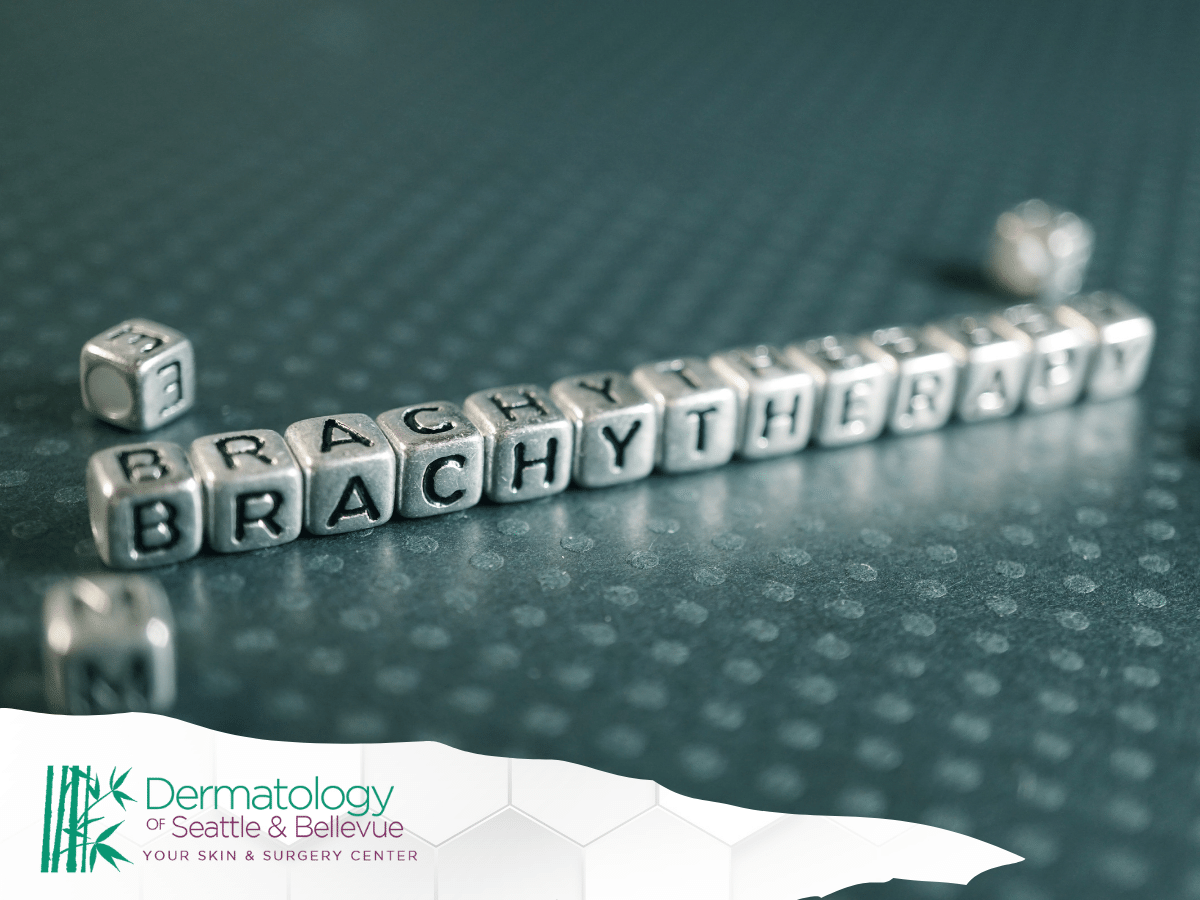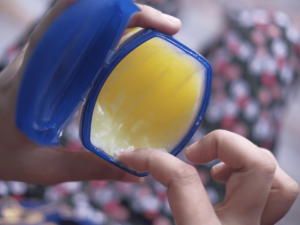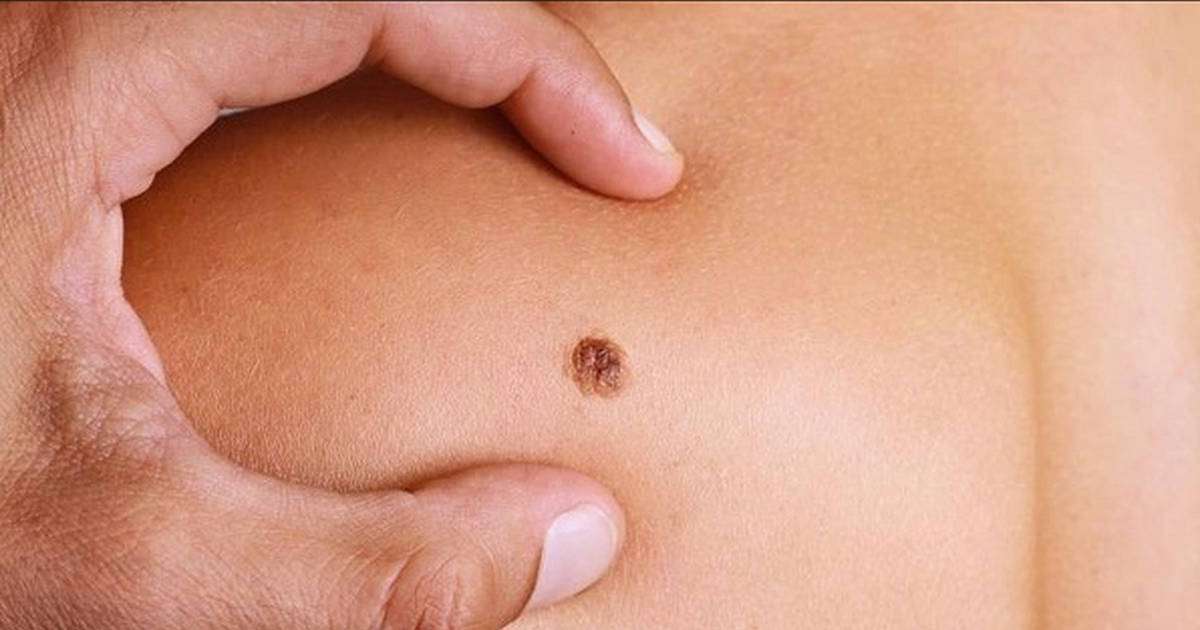Brachytherapy Treatment for Skin Cancer
Brachytherapy, a specialized form of radiation therapy, stands as a promising treatment modality for various types of skin cancer. Unlike traditional external beam radiation therapy, which delivers radiation from outside the body, brachytherapy involves placing radioactive sources directly within or near the tumor site. This approach allows for the precise delivery of radiation to the cancerous tissue while sparing surrounding healthy tissue from unnecessary exposure.
Principles of Brachytherapy:
Brachytherapy operates on the principle of delivering high doses of radiation to cancer cells while minimizing radiation exposure to adjacent healthy tissues. By placing radioactive sources in close proximity to the tumor, brachytherapy ensures that radiation is concentrated within the target area, effectively destroying cancer cells while limiting damage to surrounding structures.
This precise targeting helps to reduce the risk of side effects and complications associated with radiation therapy.
Process of Brachytherapy:
Brachytherapy typically begins with a thorough evaluation by a radiation oncologist to determine the suitability of this treatment approach for the patient’s specific condition. If brachytherapy is deemed appropriate, the treatment plan is customized based on factors such as the size, location, and stage of the skin cancer.
During the brachytherapy procedure, radioactive sources, either seeds, wires, or catheters, are inserted directly into or near the tumor site. These sources emit radiation that penetrates the surrounding tissue, effectively targeting cancer cells while minimizing exposure to healthy tissue.
The radioactive sources may be placed temporarily or permanently, depending on the specific treatment plan and the type of brachytherapy used.
Applications of Brachytherapy in Skin Cancer Treatment:
Brachytherapy offers a versatile treatment option for various types of skin cancer, including basal cell carcinoma, squamous cell skin cancers, and other localized lesions. It may be used as a primary treatment modality or as part of a multimodal approach in combination with surgery or other forms of radiation therapy.
In cases where surgical excision is not feasible or cosmetically undesirable, brachytherapy provides a minimally invasive alternative for achieving tumor control while preserving aesthetic outcomes. Additionally, brachytherapy may be employed as a postoperative adjuvant treatment to reduce the risk of recurrence in high-risk patients.
Benefits and Considerations of Brachytherapy
Brachytherapy, a form of radiation therapy, offers several benefits and considerations for patients with various types of cancer. Understanding these aspects can help patients make informed decisions about their treatment options. Here’s a closer look at the benefits and considerations of brachytherapy:
Benefits:
- Targeted Treatment: Brachytherapy delivers radiation directly to the tumor site, allowing for precise targeting of cancer cells while minimizing exposure to surrounding healthy tissue. This targeted approach helps reduce side effects and improve treatment outcomes.
- Higher Radiation Doses: Brachytherapy delivers higher radiation doses to the tumor than external beam radiation therapy (EBRT). Higher doses can lead to better tumor control and improved survival rates for certain types of cancer.
- Shorter Treatment Duration: Unlike EBRT, which requires multiple sessions over several weeks, brachytherapy typically involves fewer treatment sessions and shorter overall treatment durations. This can be more convenient for patients and may result in faster recovery times.
- Preservation of Organ Function: Brachytherapy’s ability to deliver radiation precisely to the tumor site helps preserve organ function and maintain quality of life for patients with cancers located near critical structures or organs.
- Minimized Radiation Exposure to Healthy Tissue: Compared to EBRT, brachytherapy delivers radiation internally, reducing radiation exposure to surrounding healthy tissue. This can lower the risk of long-term side effects and complications.
Considerations:
- Implantation Procedure: Brachytherapy requires a minor surgical procedure to place radioactive sources directly into or near the tumor site. While the procedure is generally well-tolerated, patients may experience temporary discomfort or side effects such as bruising or swelling at the implantation site.
- Risk of Infection: Like any surgical procedure, brachytherapy carries a small risk of infection at the implantation site. Healthcare providers take precautions to minimize this risk, but patients should be aware of the possibility and follow post-procedure care instructions carefully.
- Potential Side Effects: While brachytherapy aims to minimize side effects by targeting radiation to the tumor site, patients may still experience side effects such as fatigue, skin irritation, or changes in bowel or bladder habits. These side effects are usually temporary and can be managed with supportive care.
- Long-Term Follow-Up: Patients undergoing brachytherapy require long-term follow-up care to monitor treatment response, manage side effects, and ensure optimal outcomes. Regular follow-up appointments with a radiation oncologist are essential for ongoing monitoring and support.
- Patient Selection: Brachytherapy may not be suitable for all patients or all types of cancer. Healthcare providers carefully evaluate each patient’s medical history, tumor characteristics, and overall health to determine if brachytherapy is the most appropriate treatment option.
Types of Skin Cancer Treated with Brachytherapy
Brachytherapy, a form of radiation therapy, is a valuable treatment option for various types of skin cancer. Here are the common types of skin cancer that can be effectively treated with brachytherapy:
Basal Cell Carcinoma (BCC):
Basal cell carcinoma is the most common type of skin cancer, typically arising in sun-exposed areas of the body.
Brachytherapy can be used to treat superficial and nodular basal cell skin cancer, delivering targeted radiation to the tumor while minimizing damage to surrounding healthy tissue.
Squamous Cell Carcinoma (SCC):
Squamous cell carcinoma is another common type of skin cancer, often developing in areas exposed to the sun, such as the face, ears, and hands.
Brachytherapy is an effective treatment option for squamous cell carcinoma, particularly for lesions that are small or located in cosmetically sensitive areas.
Merkel Cell Carcinoma (MCC):
Merkel cell carcinoma is a rare but aggressive type of skin cancer that typically occurs on sun-exposed areas of the body.
Brachytherapy may be used as a primary treatment modality or in combination with surgery or other treatments for Merkel cell carcinoma, providing localized radiation to the tumor site.
Cutaneous Lymphoma:
Cutaneous lymphoma is a type of non-Hodgkin lymphoma that affects the skin, manifesting as patches, plaques, or tumors.
Brachytherapy can deliver targeted radiation to cutaneous lymphoma lesions, helping control disease progression and improve symptoms.
Recurrent Skin Cancers:
Brachytherapy is also a valuable option for treating recurrent skin cancers, including recurrent basal cell carcinoma and squamous cell carcinoma.
By delivering precise radiation directly to the tumor site, brachytherapy can effectively control recurrent skin cancers while minimizing damage to surrounding healthy tissue.
Other Skin Lesions:
- In addition to treating primary skin cancers, brachytherapy can be used to manage various benign and premalignant skin lesions, such as actinic keratoses and Bowen’s disease.
- Brachytherapy offers a non-invasive and well-tolerated treatment option for these lesions, providing targeted radiation therapy with excellent cosmetic outcomes.
Comparing Brachytherapy with Other Cancer Treatments
When it comes to treating cancer, patients and healthcare providers have several options to consider. Brachytherapy, a type of radiation therapy, is one approach that offers unique benefits compared to other cancer treatments. Let’s explore how brachytherapy compares with other common cancer treatment modalities:
Surgery:
- Surgery involves physically removing cancerous tissue from the body.
- Brachytherapy offers a non-invasive alternative to surgery for certain types of cancer, delivering radiation directly to the tumor site without the need for incisions or anesthesia.
- While surgery may be necessary for some cases, brachytherapy can be an effective treatment option, particularly for tumors located in challenging anatomical sites or for patients who are not surgical candidates.
External Beam Radiation Therapy (EBRT):
- External beam radiation therapy delivers radiation to the tumor site from outside the body using a machine called a linear accelerator.
- Brachytherapy, on the other hand, involves placing radioactive sources directly into or near the tumor, allowing for precise radiation delivery while minimizing exposure to surrounding healthy tissue.
- While both modalities are effective in treating cancer, brachytherapy offers advantages such as shorter overall treatment durations and reduced radiation exposure to nearby organs.
Chemotherapy:
- Chemotherapy involves the administration of drugs that target and kill rapidly dividing cancer cells throughout the body.
- Brachytherapy delivers radiation locally to the tumor site, targeting cancer cells while sparing healthy tissue from systemic exposure to chemotherapy drugs.
- While chemotherapy may be necessary for certain types of cancer or as part of a multimodal treatment approach, brachytherapy offers a more targeted and localized treatment option with fewer systemic side effects.
Immunotherapy:
- Immunotherapy works by harnessing the body’s immune system to recognize and destroy cancer cells.
- Brachytherapy complements immunotherapy by providing localized radiation to the tumor site, potentially enhancing the immune response and improving treatment outcomes.
- While immunotherapy has shown promising results in treating certain types of cancer, brachytherapy offers a targeted approach to cancer treatment with proven efficacy and minimal systemic side effects.
Post-Treatment Care and Follow-Up for Brachytherapy
After undergoing brachytherapy for skin cancer or other malignancies, post-treatment care and follow-up play a crucial role in ensuring optimal recovery and monitoring for any potential complications or recurrence. Here’s what patients can expect in terms of post-treatment care and follow-up:
Immediate Post-Treatment Care:
- Monitoring: Following brachytherapy implantation, patients are closely monitored in the recovery area to ensure they are stable and comfortable. Vital signs such as blood pressure, heart rate, and oxygen saturation may be monitored to detect any immediate post-procedure complications.
- Pain Management: Patients may experience mild discomfort or soreness at the implantation site following brachytherapy. Pain management techniques such as over-the-counter pain relievers or prescription medications may be prescribed to alleviate any discomfort.
- Wound Care: Patients receive instructions on caring for the implantation site to prevent infection and promote healing. This may include keeping the area clean and dry, avoiding strenuous activities that could disrupt the implantation site, and following any specific wound care instructions healthcare providers provide.
- Activity Restrictions: Following brachytherapy, patients may be advised to avoid certain activities, such as heavy lifting or strenuous exercise, for a specified period to allow the implantation site to heal properly.
Long-Term Follow-Up:
- Regular Follow-Up Appointments: After the initial post-treatment recovery period, patients typically undergo regular follow-up appointments with their radiation oncologist or healthcare team to monitor treatment response and assess for any possible side effects or complications.
- Imaging Studies: Imaging studies such as CT scans or MRI scans may be performed periodically to evaluate the tumor response to brachytherapy and detect any signs of recurrence or progression.
- Physical Examinations: During follow-up appointments, healthcare providers conduct physical examinations to assess the implantation site, check for any new skin lesions or abnormalities, and evaluate overall health and well-being.
- Side Effect Management: Following brachytherapy, patients may continue to experience side effects such as fatigue, skin irritation, or changes in bowel or bladder habits. Healthcare providers offer supportive care and management strategies to help alleviate these side effects and improve quality of life.
- Education and Support: Patients receive ongoing education and support from their healthcare team regarding post-treatment care, symptom management, and lifestyle modifications to promote overall health and well-being.
Monitoring for Recurrence:
- Vigilance for Signs of Recurrence: Patients are encouraged to remain vigilant for any signs or symptoms of cancer recurrence, such as the development of new skin lesions, changes in existing lesions, or unexplained symptoms such as pain or swelling.
- Reporting Changes: Patients should promptly report any concerning symptoms or changes to their healthcare provider to facilitate timely evaluation and management.
- Additional Treatment Options: In some cases, additional treatments such as surgery, chemotherapy, or additional radiation therapy may be recommended if cancer recurrence is detected or if there is a need for further tumor control.
Conclusion:
Post-treatment care and follow-up are essential components of the brachytherapy treatment journey for skin cancer and other malignancies. By adhering to post-treatment care guidelines, attending regular follow-up appointments, and remaining vigilant for signs of recurrence, patients can optimize their recovery and long-term outcomes following brachytherapy.
Open communication with healthcare providers and active participation in follow-up care is key to achieving the best possible results and maintaining overall health and well-being.
Final words
This blog post is a guide to understanding brachytherapy for skin cancer treatment. While it provides valuable information about the principles, process, applications, benefits, and considerations of brachytherapy, medical guidance should be sought for individual cases.
Patients considering brachytherapy or any cancer treatment should schedule an appointment with a qualified healthcare provider to discuss their specific condition, treatment options, and personalized care plan.









